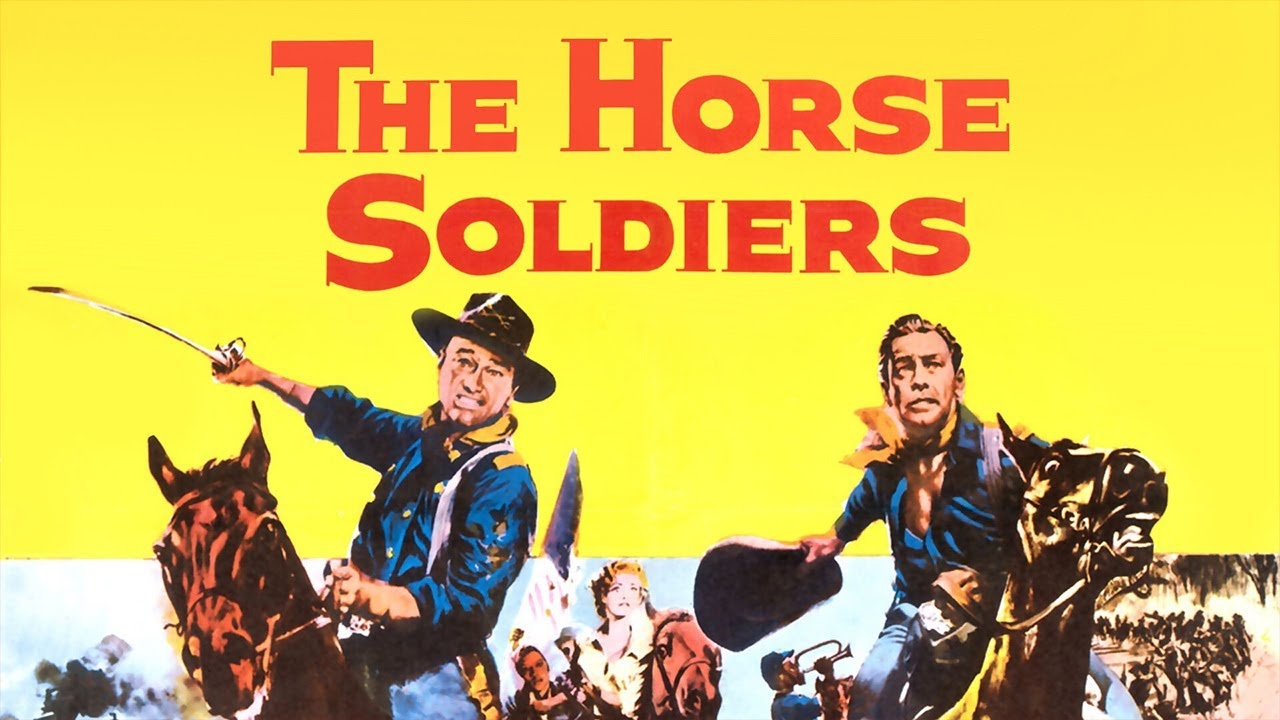What They NEVER Told You About The DEAD BODIES On D Day
The beaches of Normandy tell a story of unimaginable bravery, but there's a darker side few ever speak about. Thousands of soldiers lost their lives, but what happened to their bodies after the battle is rarely discussed. Beneath the glory and triumph lies a haunting chapter of history. Have you ever wondered how the remains of those who fell were handled? Or why this part of D-Day's legacy remains largely untold? Join us as we uncover the terrifying truth that they never told you about what happened to the dead bodies on D-Day.
https://youtu.be/IF8fvMS7Y14?si=Qe3zh3_MjRZvrf98What They NEVER Told You About The DEAD BODIES On D Day
The beaches of Normandy tell a story of unimaginable bravery, but there's a darker side few ever speak about. Thousands of soldiers lost their lives, but what happened to their bodies after the battle is rarely discussed. Beneath the glory and triumph lies a haunting chapter of history. Have you ever wondered how the remains of those who fell were handled? Or why this part of D-Day's legacy remains largely untold? Join us as we uncover the terrifying truth that they never told you about what happened to the dead bodies on D-Day.
https://youtu.be/IF8fvMS7Y14?si=Qe3zh3_MjRZvrf98














